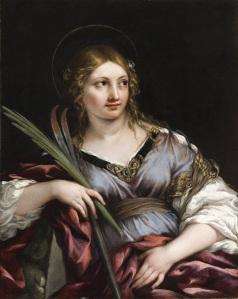With the recent coverage of the proposed Jeff Koons sculpture, Train, a lot of people have been asking me about the way we acquire art. Where exactly does the money come from? Is the rest of the institution impacted (i.e. keeping the lights on) when millions of dollars are spent on an object? I share this information often with the media and thought it might be of interest to Unframed readers as well.
The majority of art that comes into the collection is via donation. Either an interested donor gives art to the museum or provides funds to acquire a work or collection identified by curators. Sometimes, as with our Pacific Island art collection, on view now, donors pool funds to help with an acquisition, and annually our Collectors Committee gathers together to fund and choose art to acquire for LACMA. (It should be noted that a donor is not always an individual. The Ahmanson Foundation, for example, along with the Ahmanson family, is the largest donor in the history of the museum, having given more than $100 million for art acquisition.) So, if/when Train does come to LACMA, it will be via this route—a donation to the museum from an interested donor or donors.

St. Martina, circa 1635-1640, Pietro Berrettini (called Pietro da), Gift of The Ahmanson Foundation
A smaller slice of the funds comes from deaccessioning, the practice of selling lesser works in the collection to buy greater works, and also from the interest generated by the museum’s endowment that is restricted for art purchase. (And no, we don’t dip into the endowment principal to buy art—we draw 5% annually of the accumulated interest.) Curatorial departments have access to certain other restricted acquisition funds, but that slice is smaller still. Every now and again there are exceptions to the means used to acquire art outlined above—an amazing collection will come on the market and the museum will budget a small sum (in our world) annually of, say, a million dollars, to purchase the collection over the course of a few years. Otherwise, general operating funds—this is the keeping the lights on part—are not typically involved.



